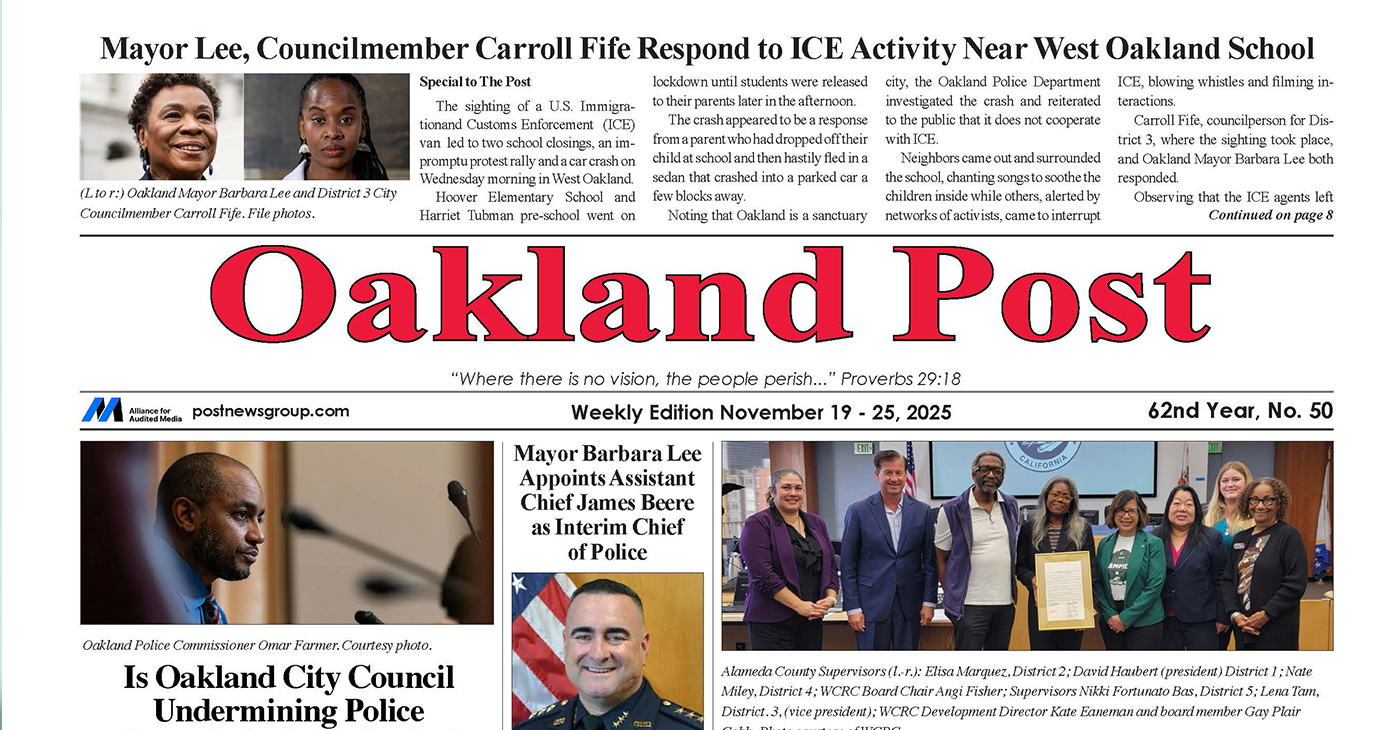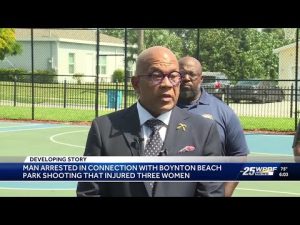Bay Area
Housing the Homeless: COVID-19 Has Forced California’s Hand

Earlier this month, Gov. Gavin Newsom announced that California was the first state in the nation to secure Federal Emergency Management Agency (FEMA) funding to place unsheltered people in hotel rooms at no cost to them. The state’s action is providing safe isolation for tens of thousands of homeless Californians during the global COVID-19 pandemic.
Almost 129,000 Californians experienced homelessness in 2019. Nearly 40% of them were African Americans.
The state’s effort, dubbed Project Roomkey, set an initial goal of securing up to 15,000 rooms to fast-track getting people off the street since Gov. Newsom instituted a stay-at-home order on March 19. After about a week, county partners had moved 869 homeless individuals off the street, or out of shelters, and into isolation.
“Homeless Californians are incredibly vulnerable to COVID-19 and often have no option to self-isolate or social distance,” Gov. Newsom said. “By helping the most vulnerable homeless individuals get off the street, California can slow the spread of COVID-19 through homeless populations, lower the number of people infected and protect critical health care resources.”
As of April 3, the state reports that local governments had secured 6,867 emergency hotel rooms for shelter. Some homeless advocates say that number is a commendable achievement that begins to move the Newsom administration closer to its goal of mitigating what was perhaps the state’s most pressing problem before the COVID-19 crisis.
Before the onset of the COVID-19 pandemic, state government attempts to speed up housing the homeless – including incentives provided to local governments to increase their housing inventory and efforts to penalize those that didn’t — met stiff resistance from lobbying groups, the state Legislature, county boards, and city councils. Most recently, state senators killed SB 50, a bill that would have lifted local zoning restrictions statewide to allow denser and more multi-unit housing construction.
Now, across California, both the state and local governments are teaming up to solve the state’s homelessness problem like they never have before, sharing up to 75% of FEMA reimbursements for hotel rooms and wraparound support services like meals, security, and custodial maintenance. Local governments and community partners cover behavioral health and medical care costs.
California’s effort to provide emergency shelter for homeless families and individuals takes an innovative approach, homeless advocates say. It brings hotel units online at a rapid pace while providing business to the hospitality industry, a sector among those hardest hit by the Coronavirus crisis.
The state has also deployed 1,305 housing trailers to local governments that will complement the efforts of Project Roomkey.
“California has taken the lead in protecting homeless residents from COVID-19,” said Nan Roman, president of the National Alliance to End Homelessness. “This initiative sets a strong national example of how state leaders can leverage their dollars with FEMA, HUD and other federal funds to address the needs of the most vulnerable homeless populations.”
Alameda County
Seth Curry Makes Impressive Debut with the Golden State Warriors
Seth looked comfortable in his new uniform, seamlessly fitting into the Warriors’ offensive and defensive system. He finished the night with an impressive 14 points, becoming one of the team’s top scorers for the game. Seth’s points came in a variety of ways – floaters, spot-up three-pointers, mid-range jumpers, and a handful of aggressive drives that kept the Oklahoma City Thunder defense on its heels.

By Y’Anad Burrell
Tuesday night was anything but ordinary for fans in San Francisco as Seth Curry made his highly anticipated debut as a new member of the Golden State Warriors. Seth didn’t disappoint, delivering a performance that not only showcased his scoring ability but also demonstrated his added value to the team.
At 35, the 12-year NBA veteran on Monday signed a contract to play with the Warriors for the rest of the season.
Seth looked comfortable in his new uniform, seamlessly fitting into the Warriors’ offensive and defensive system. He finished the night with an impressive 14 points, becoming one of the team’s top scorers for the game. Seth’s points came in a variety of ways – floaters, spot-up three-pointers, mid-range jumpers, and a handful of aggressive drives that kept the Oklahoma City Thunder defense on its heels.
One of the most memorable moments of the evening came before Seth even scored his first points. As he checked into the game, the Chase Center erupted into applause, with fans rising to their feet to give the newest Warrior a standing ovation.
The crowd’s reaction was a testament not only to Seth’s reputation as a sharpshooter but also to the excitement he brings to the Warriors. It was clear that fans quickly embraced Seth as one of their own, eager to see what he could bring to the team’s championship aspirations.
Warriors’ superstar Steph Curry – Seth’s brother – did not play due to an injury. One could only imagine what it would be like if the Curry brothers were on the court together. Magic in the making.
Seth’s debut proved to be a turning point for the Warriors. Not only did he contribute on the scoreboard, but he also brought a sense of confidence and composure to the floor.
While their loss last night, OKC 124 – GSW 112, Seth’s impact was a game-changer and there’s more yet to come. Beyond statistics, it was clear that Seth’s presence elevated the team’s performance, giving the Warriors a new force as they look to make a deep playoff run.
Activism
Oakland Post: Week of November 26 – December 2, 2025
The printed Weekly Edition of the Oakland Post: Week of November 26 – December 2, 2025

To enlarge your view of this issue, use the slider, magnifying glass icon or full page icon in the lower right corner of the browser window.
Activism
Oakland Post: Week of November 19 – 25, 2025
The printed Weekly Edition of the Oakland Post: Week of November 19 – 25, 2025

To enlarge your view of this issue, use the slider, magnifying glass icon or full page icon in the lower right corner of the browser window.
-

 Activism3 weeks ago
Activism3 weeks agoOakland Post: Week of November 12 – 18, 2025
-

 Activism4 weeks ago
Activism4 weeks agoOakland Post: Week of November 5 – 11, 2025
-

 Activism2 weeks ago
Activism2 weeks agoIN MEMORIAM: William ‘Bill’ Patterson, 94
-

 Activism3 weeks ago
Activism3 weeks agoHow Charles R. Drew University Navigated More Than $20 Million in Fed Cuts – Still Prioritizing Students and Community Health
-

 #NNPA BlackPress3 weeks ago
#NNPA BlackPress3 weeks agoThe Perfumed Hand of Hypocrisy: Trump Hosted Former Terror Suspect While America Condemns a Muslim Mayor
-

 #NNPA BlackPress3 weeks ago
#NNPA BlackPress3 weeks agoProtecting Pedophiles: The GOP’s Warped Crusade Against Its Own Lies
-

 Bay Area3 weeks ago
Bay Area3 weeks agoNo Justice in the Justice System
-

 #NNPA BlackPress4 weeks ago
#NNPA BlackPress4 weeks ago2026 Subaru Forester Wilderness Review: Everyday SUV With Extra Confidence


























































